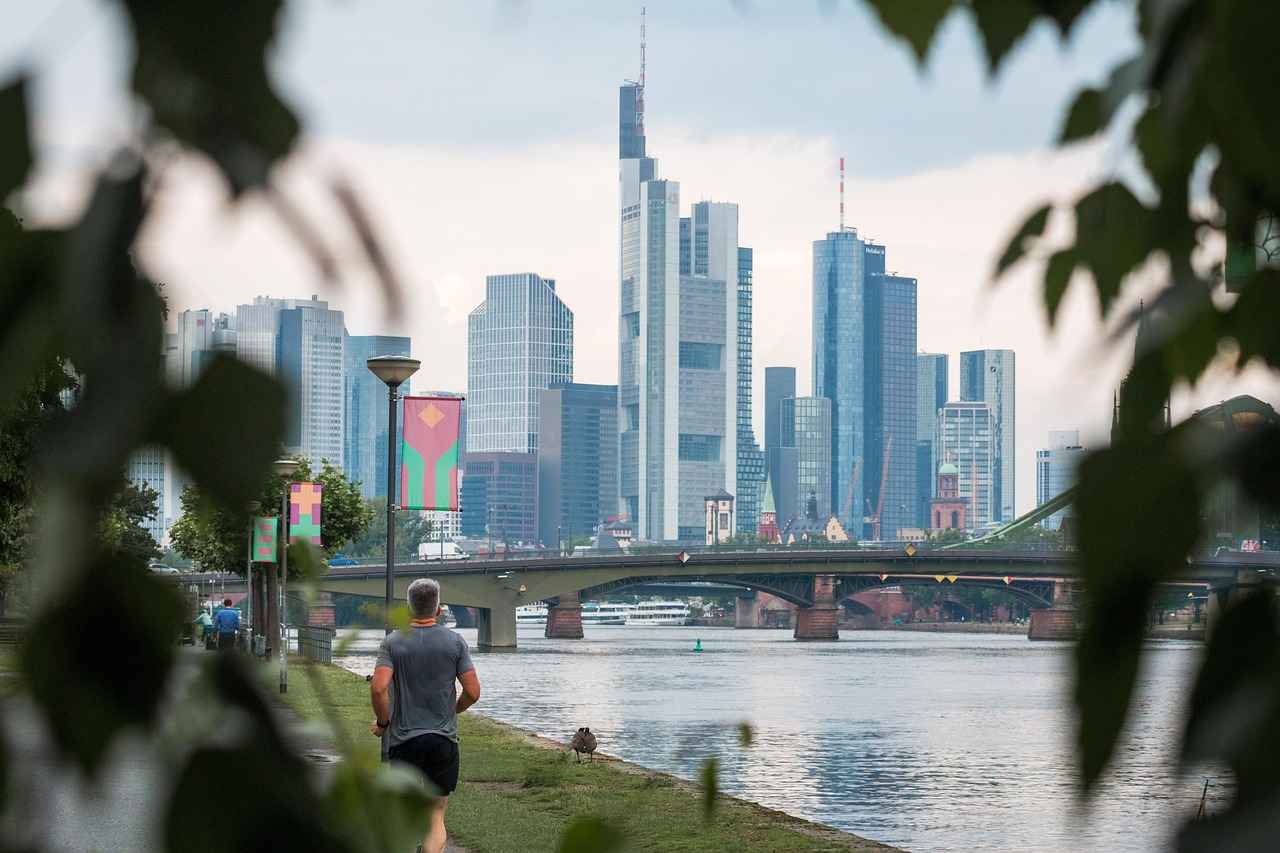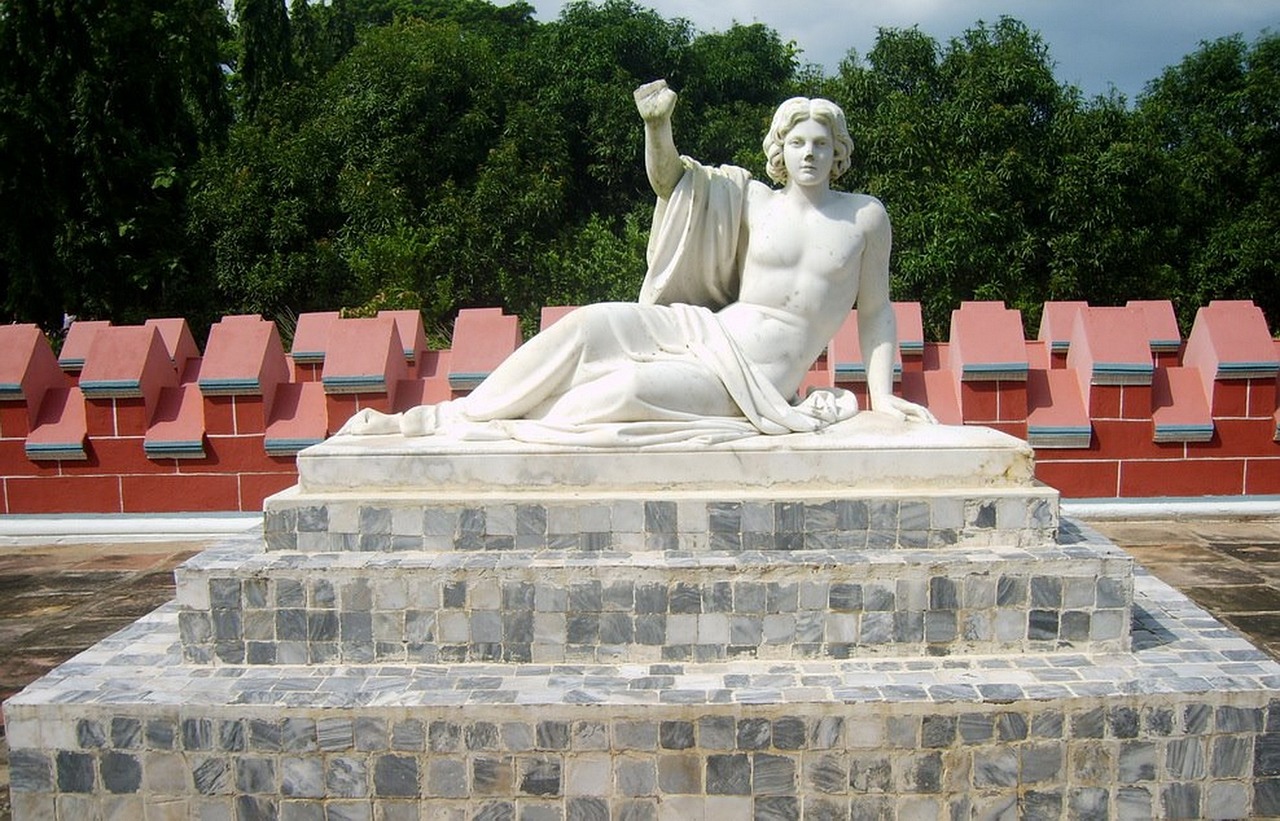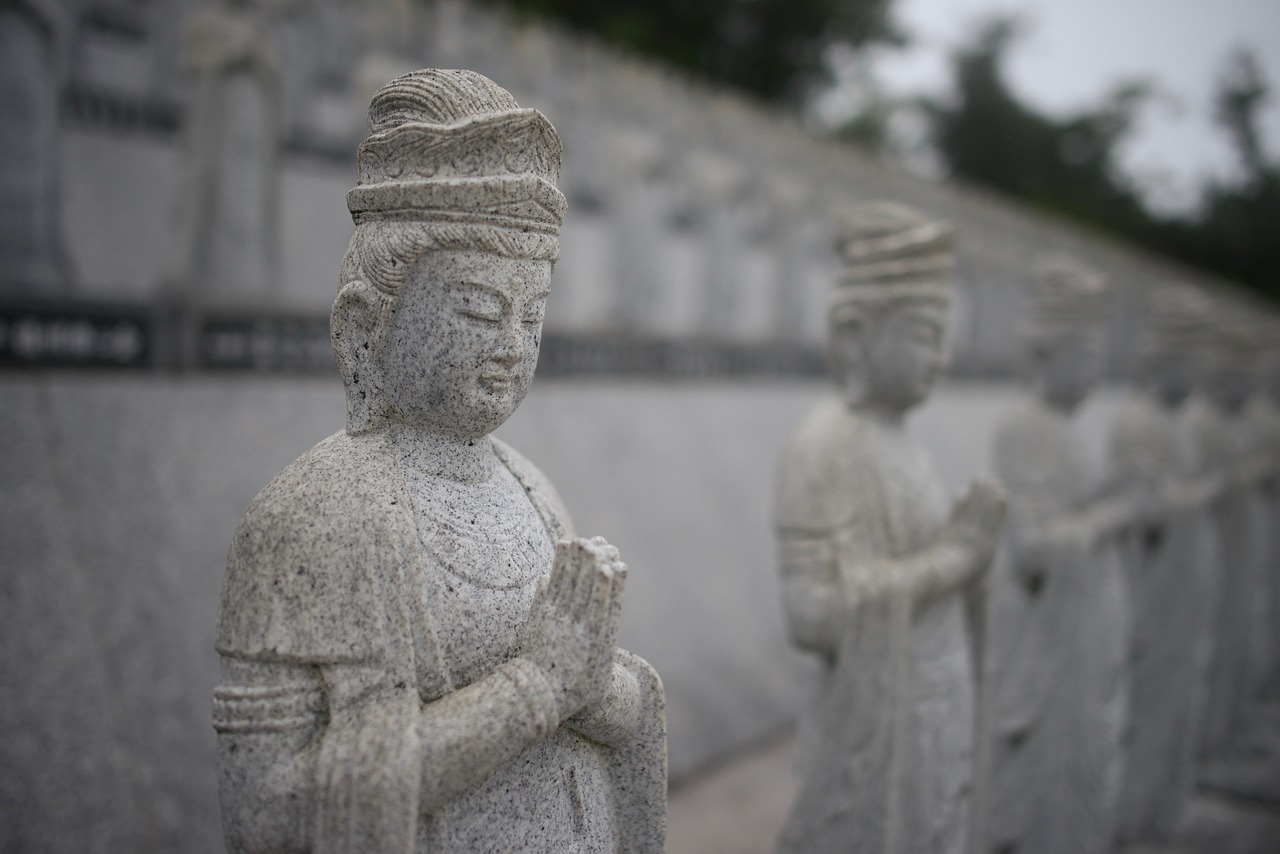This article delves into the rich history and evolution of Kolkata, highlighting its cultural, social, and economic transformations that have shaped the city into what it is today.
The Historical Origins of Kolkata
Kolkata, originally a cluster of villages, has a fascinating history that dates back to the 17th century when it emerged as a significant trading port under British colonial rule. Its strategic location on the Hooghly River made it an ideal hub for commerce, leading to rapid urbanization and population growth.
The British Colonial Era and Its Impact
The British colonial period significantly influenced Kolkata’s architecture, culture, and economy. The introduction of Western education and infrastructure transformed the city into a major urban center, establishing it as the capital of British India for nearly a century.
The Architectural Marvels of Kolkata
Kolkata is renowned for its stunning architectural diversity, featuring colonial buildings like the Victoria Memorial and modern skyscrapers. This eclectic mix reflects the city’s rich historical influences and aesthetic evolution.
The Influence of Bengali Renaissance
The 19th century saw the rise of the Bengali Renaissance, a cultural movement that played a crucial role in shaping Kolkata’s identity. It fostered a spirit of reform, literature, and art, which continues to thrive today.
Preservation of Heritage Buildings
Efforts to preserve Kolkata’s heritage buildings are vital for maintaining its historical identity. Various organizations work tirelessly to restore and protect these significant structures from the pressures of urban development.
The Role of Kolkata in India’s Independence Movement
Kolkata emerged as a pivotal center for political activism during India’s struggle for independence. Numerous movements and leaders originated from the city, significantly shaping the national consciousness.
The Economic Evolution of Kolkata
Kolkata’s economy has undergone significant transformations, evolving from a colonial trade hub to a modern metropolis. Today, it boasts diverse industries, including IT, manufacturing, and education.
The Rise of the IT Sector
The emergence of the IT sector in Kolkata has revolutionized its economy, attracting investments and creating job opportunities, making it a vital player in India’s technology landscape.
Challenges Faced by Kolkata’s Economy
Despite its growth, Kolkata faces challenges such as unemployment, infrastructure deficits, and urban poverty. Strategic planning and development initiatives are necessary to ensure sustainable progress.
Kolkata’s Cultural Diversity and Festivals
Kolkata is renowned for its rich cultural diversity and vibrant festivals, reflecting the city’s unique blend of traditions, languages, and religions, making it a cultural melting pot.
The Significance of Durga Puja
Durga Puja is the most celebrated festival in Kolkata, symbolizing the city’s cultural heritage and community spirit. It attracts millions of visitors and showcases elaborate art, music, and dance.
Other Notable Festivals
In addition to Durga Puja, Kolkata hosts various festivals such as Poila Baisakh (Bengali New Year) and Christmas, each contributing to the city’s vibrant cultural tapestry and communal harmony.
The Future of Kolkata: Vision and Development
Looking ahead, Kolkata aims to embrace sustainable urban development, focusing on infrastructure improvements, environmental sustainability, and enhanced quality of life for its residents. This strategic approach ensures a bright future for the city.
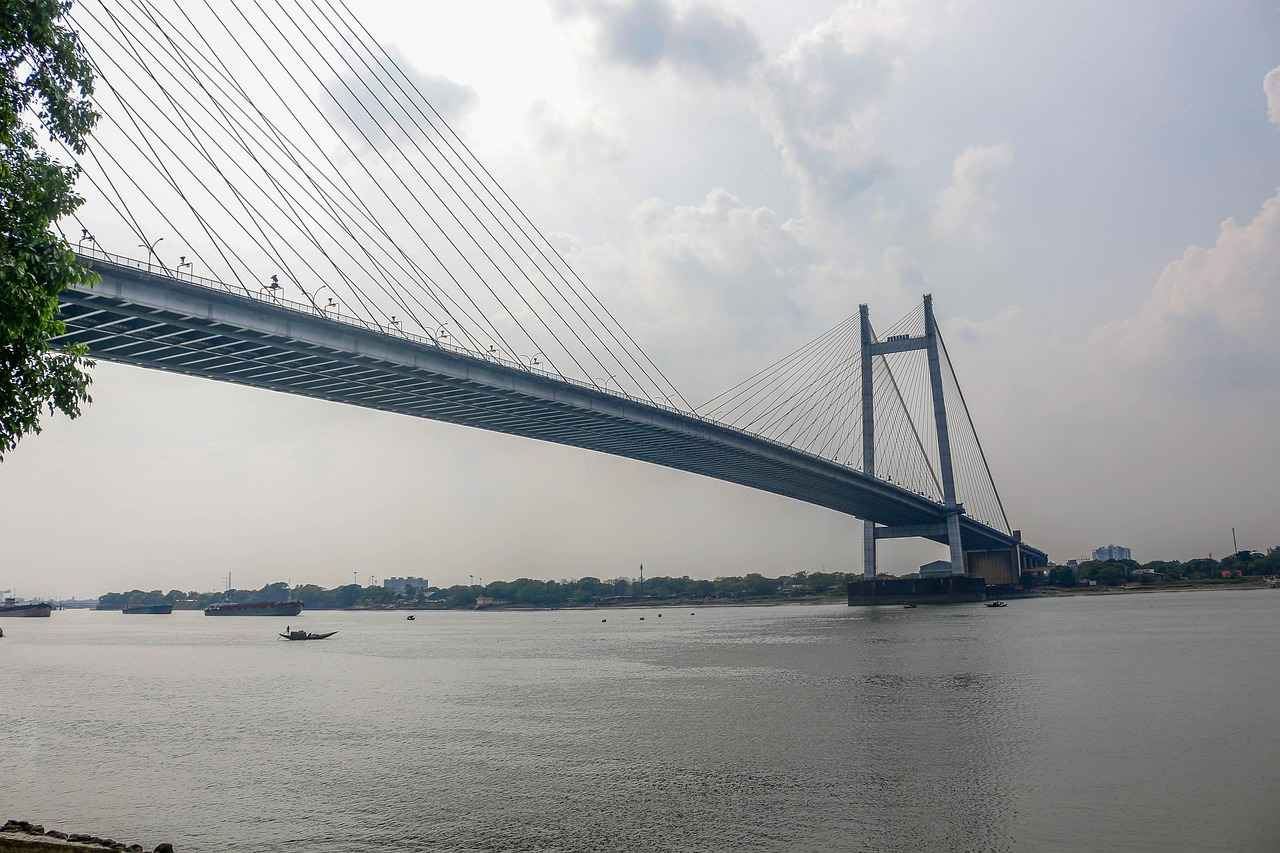
The Historical Origins of Kolkata
Kolkata, once a collection of small villages, has a rich and fascinating history that stretches back to the 17th century. This vibrant city, formerly known as Calcutta, emerged as a significant trading port during the British colonial era, marking a pivotal moment in its transformation. The strategic location along the Hooghly River made Kolkata an ideal hub for trade, attracting merchants from various parts of the world.
As the British East India Company established its foothold, Kolkata quickly evolved into a bustling metropolis. The city became a melting pot of cultures, blending Indian traditions with Western influences. This period saw the construction of iconic structures, including the Fort William and the Howrah Bridge, which stand as testaments to the city’s architectural evolution.
Throughout the 18th and 19th centuries, Kolkata flourished as a center of commerce and education. The establishment of schools and institutions laid the groundwork for a new generation of thinkers and leaders. The city became a beacon of the Bengali Renaissance, fostering a spirit of reform and creativity that significantly impacted literature, art, and social movements.
However, the journey was not without challenges. The city faced numerous hardships, including political unrest and economic fluctuations, which tested the resilience of its people. Despite these obstacles, Kolkata continued to grow, adapting to the changing times while preserving its rich heritage.
In conclusion, the historical origins of Kolkata are marked by a dynamic interplay of trade, culture, and resilience. As the city moves forward, it carries with it the legacy of its past—a legacy that continues to shape its identity and influence its future.
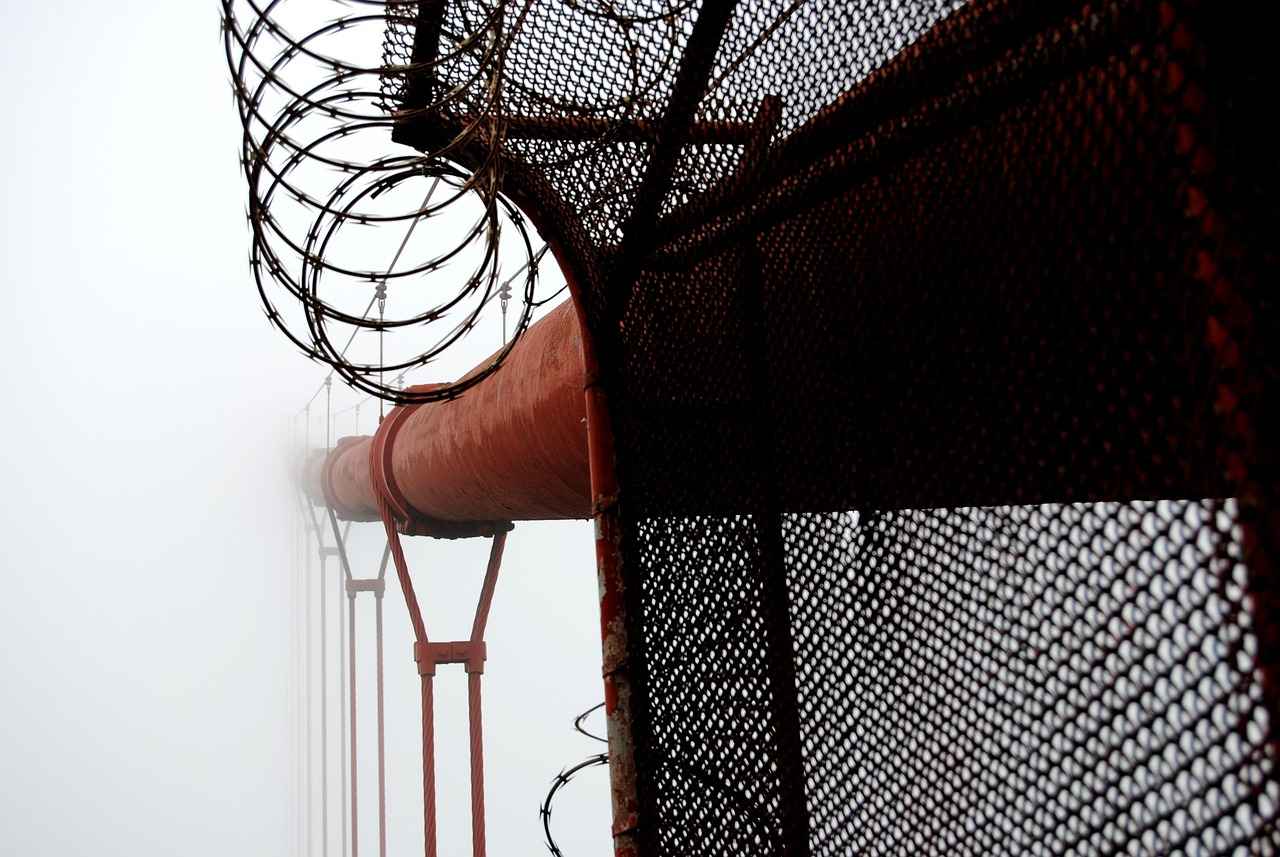
The British Colonial Era and Its Impact
The British colonial period marked a transformative era in Kolkata’s history, shaping not only its physical landscape but also its cultural and economic fabric. Established as a key trading post in the 17th century, Kolkata flourished under British rule, becoming a vital hub for commerce and governance in India.
During this time, the city witnessed the introduction of Western education systems, which played a crucial role in shaping the intellectual and cultural identity of its residents. Institutions such as Presidency College and Calcutta Medical College emerged, laying the foundation for modern education in India. These establishments attracted a diverse array of scholars and thinkers, fostering a spirit of inquiry and reform that resonated throughout the nation.
Architecturally, the influence of British colonialism is evident in Kolkata’s skyline. The construction of iconic structures like the Victoria Memorial, Howrah Bridge, and Indian Museum showcases a blend of European styles and local traditions. This architectural heritage not only serves as a reminder of the colonial past but also contributes to the city’s unique identity.
Economically, Kolkata evolved from a trade-centric economy to a more diversified urban center. The establishment of infrastructure such as railways, roads, and ports facilitated trade and commerce, attracting businesses and laborers from various regions. This economic boom laid the groundwork for Kolkata to become a major player in India’s industrial landscape.
However, the colonial legacy is not without its challenges. The economic disparities that arose during this period have led to ongoing issues such as urban poverty and unemployment. Addressing these challenges requires a concerted effort to ensure that the benefits of development are equitably shared among all residents.
In conclusion, the British colonial era significantly reshaped Kolkata, leaving an indelible mark on its architecture, culture, and economy. Understanding this historical context is essential for appreciating the complexities of the city today and for envisioning its future.
The Architectural Marvels of Kolkata
showcase the city’s rich historical tapestry and its evolution over centuries. From the grandeur of colonial edifices to the sleek lines of modern skyscrapers, Kolkata’s architecture reflects a unique blend of influences that narrate its story.
Kolkata, once the capital of British India, is home to iconic structures that symbolize its colonial past. The Victoria Memorial, an exquisite marble building, stands as a tribute to Queen Victoria and is a prime example of Indo-Saracenic architecture. This magnificent structure is surrounded by lush gardens and serves as a museum, housing a collection of artifacts that represent the city’s history.
In stark contrast, the Howrah Bridge, an engineering marvel, exemplifies the city’s industrial growth. Completed in 1943, this cantilever bridge connects the bustling Howrah Station to Kolkata and is one of the busiest cantilever bridges in the world. Its iconic silhouette has become synonymous with the city itself.
As we delve deeper into Kolkata’s architectural landscape, we encounter the Indian Museum, established in 1814, which is the oldest museum in India. Its neoclassical design houses a plethora of exhibits ranging from ancient sculptures to rare fossils, showcasing the artistic and scientific advancements of various eras.
- Modern Developments: The skyline of Kolkata is also adorned with contemporary skyscrapers like the Infinity Tower and ITC Royal Bengal, which reflect the city’s aspirations towards modernization and economic growth.
- Preservation Efforts: Various organizations are actively involved in the preservation of these historic buildings, ensuring that future generations can appreciate Kolkata’s architectural heritage.
In conclusion, the architectural marvels of Kolkata are not just structures; they are a testament to the city’s journey through time. Each building tells a story, echoing the cultural, social, and economic transformations that have shaped this vibrant metropolis.
The Influence of Bengali Renaissance
The Bengali Renaissance, which flourished in the 19th century, was a pivotal movement that significantly influenced Kolkata’s cultural, social, and intellectual landscape. This period marked a profound awakening in various fields, including literature, art, and social reform, laying the foundation for modern Bengali identity.
During this era, Kolkata emerged as a hub for intellectual discourse. Influential figures such as Rabindranath Tagore, Bankim Chandra Chatterjee, and Iswar Chandra Vidyasagar played instrumental roles in promoting literature and education. Their works not only enriched Bengali literature but also inspired a sense of pride and identity among the Bengali populace.
- Literature: The literary contributions during the Bengali Renaissance were profound, with Tagore’s poetry and plays gaining international acclaim, while Chatterjee’s novels addressed social issues and cultural identity.
- Art: This period also saw a resurgence in traditional art forms, with artists drawing inspiration from both local and Western influences, leading to a unique fusion that characterized Kolkata’s artistic expression.
- Social Reform: The Renaissance was marked by a spirit of reform, challenging societal norms and advocating for women’s rights, education, and social justice, which laid the groundwork for future movements.
The impact of the Bengali Renaissance is still evident today, as its legacy continues to inspire contemporary artists, writers, and reformers. The spirit of inquiry and creativity fostered during this time has become an integral part of Kolkata’s cultural identity.
In conclusion, the Bengali Renaissance was not just a historical movement; it was a transformative period that shaped the cultural ethos of Kolkata. Its influence persists, reminding us of the power of art and literature in driving social change and fostering a vibrant community.
Preservation of Heritage Buildings
Kolkata, a city steeped in history, is home to numerous heritage buildings that tell the story of its past. The preservation of these structures is not merely about maintaining old walls; it is about safeguarding the cultural identity and historical significance of the city. As urban development accelerates, the threat to these architectural marvels increases, making preservation efforts more crucial than ever.
Various organizations, including NGOs and government bodies, are at the forefront of initiatives aimed at restoring and protecting Kolkata’s heritage buildings. Their efforts encompass a range of activities, from fundraising for restoration projects to raising public awareness about the importance of these sites. For instance, the Indian National Trust for Art and Cultural Heritage (INTACH) has been instrumental in advocating for the conservation of Kolkata’s unique architectural landscape.
| Organization | Role in Preservation |
|---|---|
| INTACH | Advocacy and restoration projects |
| Kolkata Municipal Corporation | Regulatory support and funding |
| Heritage Conservation Society | Community engagement and education |
Moreover, community involvement is vital in these preservation efforts. Local residents often serve as the first line of defense against neglect and decay. By participating in heritage walks and educational programs, they foster a sense of pride and responsibility towards these historical structures. This grassroots involvement is essential for ensuring that future generations appreciate and maintain the rich architectural tapestry of Kolkata.
In conclusion, the preservation of Kolkata’s heritage buildings is a collective responsibility that requires collaboration among various stakeholders, including government agencies, NGOs, and the community. By prioritizing these efforts, we can ensure that the city’s historical identity remains intact, enriching the cultural fabric for years to come.
The Role of Kolkata in India’s Independence Movement
Kolkata has long been recognized as a cornerstone of political activism in India, especially during the struggle for independence. The city served as a powerful catalyst for change, where numerous movements and influential leaders emerged, significantly shaping the national consciousness and the fight against colonial rule.
The late 19th and early 20th centuries marked a period of intense political awakening in Kolkata. The city became a hub for intellectual discourse, where reformists and freedom fighters convened to discuss strategies and mobilize support. Key figures, such as Subhas Chandra Bose and Bipin Chandra Pal, rose to prominence, advocating for self-rule and inspiring countless others to join the cause. Their efforts were not limited to speeches; they organized protests, wrote passionately in newspapers, and established organizations aimed at uniting the masses.
One of the most significant movements that originated in Kolkata was the Swadeshi Movement, which encouraged the boycott of British goods and the promotion of Indian-made products. This movement not only galvanized the local population but also resonated throughout the country, igniting a sense of nationalism among Indians. The Partition of Bengal in 1905 further fueled discontent, leading to widespread protests and a surge in anti-colonial sentiments.
Kolkata’s role was not limited to the early 20th century; it continued to be a focal point during the Quit India Movement in 1942. The city witnessed mass protests, strikes, and demonstrations, showcasing the unwavering spirit of its citizens. The solidarity displayed during these turbulent times highlighted Kolkata’s status as a cradle of political activism.
In conclusion, the legacy of Kolkata as a pivotal center for political activism is deeply embedded in India’s history. The city’s contributions to the independence movement are a testament to its enduring spirit and resilience, inspiring future generations to uphold the values of freedom and justice.
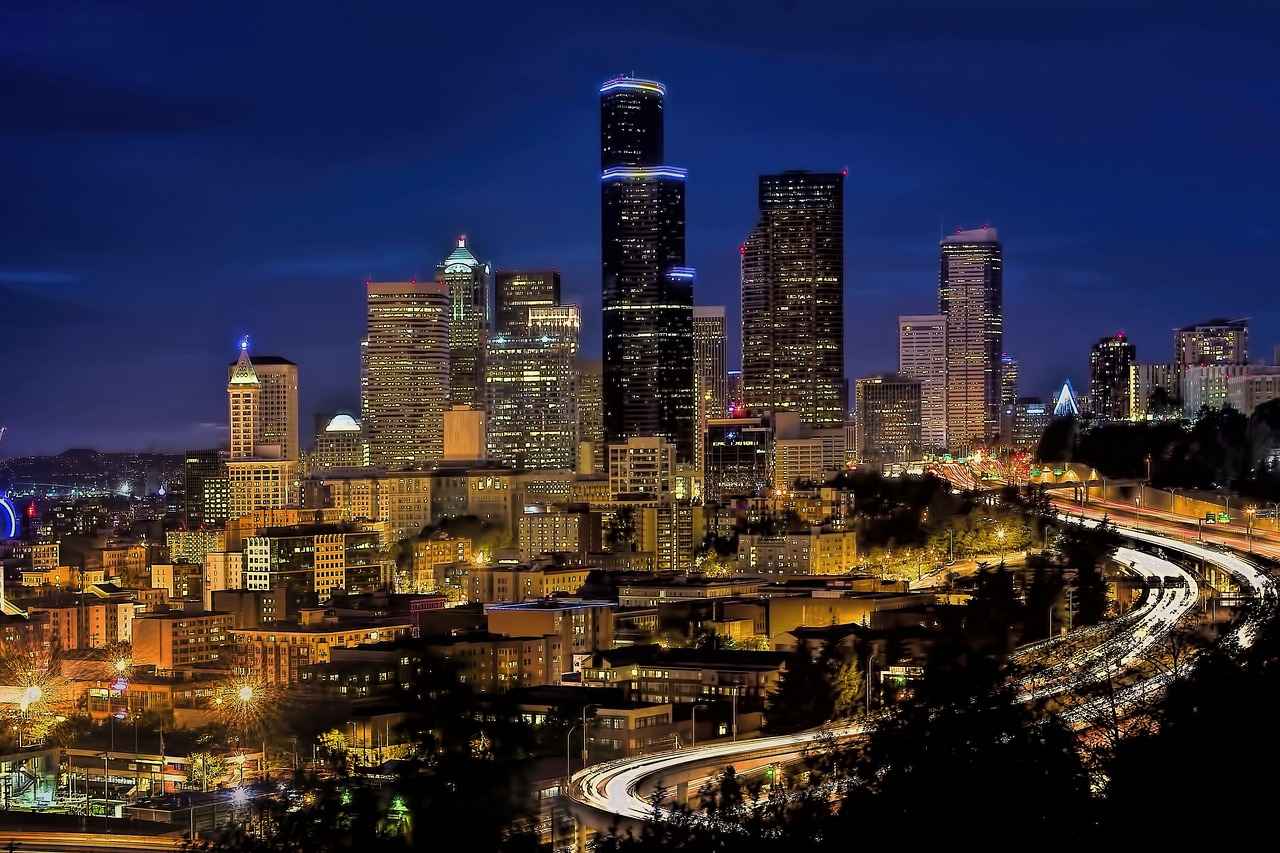
The Economic Evolution of Kolkata
Kolkata, a city known for its rich culture and history, has experienced a remarkable economic transformation over the years. Once a colonial trade hub, it has now evolved into a thriving metropolis with a diverse range of industries. This article delves into the various phases of Kolkata’s economic development, highlighting key sectors that have contributed to its growth.
Initially, Kolkata served as a significant trading port during the British colonial era, facilitating the exchange of goods between India and the rest of the world. The city was strategically located along the Hooghly River, making it an ideal location for trade. However, the end of colonial rule marked the beginning of a new chapter in Kolkata’s economic history.
In recent decades, Kolkata has diversified its economy, embracing sectors such as Information Technology (IT), manufacturing, and education. The rise of the IT sector has been particularly noteworthy, with many technology parks and startups emerging in the city. This sector has not only attracted investments but has also created a plethora of job opportunities for the youth, positioning Kolkata as a crucial player in India’s tech landscape.
Moreover, the manufacturing industry has seen a resurgence, with Kolkata being home to numerous factories and production units that cater to both domestic and international markets. This shift has helped in reducing unemployment rates and boosting the local economy.
However, despite these advancements, Kolkata faces several challenges that need to be addressed. Issues such as infrastructure deficits, urban poverty, and unemployment persist, necessitating strategic planning and development initiatives. The government and various organizations are working together to implement solutions that ensure sustainable growth for the city.
In conclusion, Kolkata’s economic evolution is a testament to its resilience and adaptability. As the city continues to grow and diversify, it remains essential to focus on sustainable practices that will support its development while preserving its rich cultural heritage.
The Rise of the IT Sector
The IT sector in Kolkata has emerged as a transformative force in the city’s economy over the past few decades. This growth has not only attracted significant investments but has also created a plethora of job opportunities, establishing Kolkata as a key player in India’s technology landscape.
Initially, Kolkata was known primarily for its historical and cultural significance. However, the advent of the IT boom in the late 1990s marked a pivotal shift. With the establishment of several IT parks and tech hubs, the city began to draw attention from both national and international companies. Major players like TCS, Wipro, and Infosys set up operations in the region, further enhancing its reputation as a tech destination.
One of the driving factors behind this growth is the availability of a skilled workforce. Kolkata boasts numerous prestigious educational institutions that focus on engineering and computer science, ensuring a steady supply of qualified professionals. This talent pool has been instrumental in attracting tech companies looking to expand their operations.
Moreover, the government has played a crucial role by implementing favorable policies and incentives for IT investments. Initiatives such as the West Bengal IT Policy have created a conducive environment for startups and established firms alike. This policy framework has led to the establishment of various incubators and accelerators, fostering innovation and entrepreneurship.
Despite these advancements, the city faces challenges, including infrastructure deficits and competition from other tech hubs like Bangalore and Hyderabad. Addressing these issues is vital for sustaining growth and ensuring that Kolkata remains a competitive player in the global IT market.
In conclusion, the rise of the IT sector in Kolkata represents a significant milestone in the city’s economic evolution. As investments continue to flow and job opportunities expand, Kolkata is poised to solidify its position as a vital contributor to India’s technology landscape.
Challenges Faced by Kolkata’s Economy
Despite its vibrant culture and rich history, Kolkata grapples with several significant challenges that threaten its economic stability and growth. As a city that has evolved from a colonial trading hub to a modern metropolis, it is essential to address these issues to ensure sustainable progress.
- Unemployment: One of the foremost challenges is the high rate of unemployment. Many educated youths find it difficult to secure jobs due to a mismatch between their skills and the available opportunities in the market. This situation not only hampers individual growth but also affects the overall economic development of the city.
- Infrastructure Deficits: Kolkata’s infrastructure is in dire need of upgrades. The public transportation system, roads, and utilities are often inadequate to support the growing population. This lack of infrastructure can deter potential investors and hinder economic activities, leading to a stagnation in growth.
- Urban Poverty: Urban poverty remains a pressing issue, with a significant portion of the population living below the poverty line. This socioeconomic disparity contributes to various social problems, including crime and lack of access to basic services such as healthcare and education.
- Environmental Concerns: Rapid urbanization has led to environmental degradation, including pollution and waste management issues. These environmental challenges not only affect the quality of life for residents but also pose long-term threats to public health and safety.
- Need for Strategic Planning: Addressing these challenges requires comprehensive strategic planning and development initiatives. Policymakers and stakeholders must collaborate to create effective solutions that promote sustainable economic growth while improving living conditions for all residents.
In conclusion, while Kolkata has immense potential for growth, it is crucial to tackle these challenges head-on. By implementing targeted strategies and fostering collaboration among various sectors, Kolkata can pave the way for a more prosperous and sustainable future.

Kolkata’s Cultural Diversity and Festivals
Kolkata, often referred to as the cultural capital of India, is a city that thrives on its rich cultural diversity and vibrant festivals. This dynamic metropolis is a true melting pot of traditions, languages, and religions, making it a unique place to explore.
The cultural landscape of Kolkata is characterized by its multifaceted traditions. The city is home to a variety of ethnic groups, each contributing to its rich heritage. From the Bengalis to the Marwaris, Chinese, and Anglo-Indians, the diversity is evident in the city’s cuisine, art, and daily life.
Kolkata’s festivals are a reflection of its cultural richness. The most notable among them is Durga Puja, a grand celebration that honors the goddess Durga. This festival not only showcases the artistic talents of the community through elaborate pandals and idol-making but also fosters a sense of unity and togetherness among residents.
- Poila Baisakh – The Bengali New Year, celebrated with traditional music, dance, and delicious feasts.
- Christmas – A time of joy and celebration for the Christian community, marked by vibrant decorations and festive gatherings.
- Holi – The festival of colors, celebrated with enthusiasm and fervor, showcasing the spirit of joy and friendship.
Festivals in Kolkata serve as a vital tool for community bonding. They bring together people from various backgrounds, fostering a spirit of camaraderie and shared joy. This celebration of diversity is what makes Kolkata truly special.
In summary, Kolkata’s cultural diversity and festivals not only highlight its historical significance but also enhance its modern identity. As the city continues to evolve, these traditions remain a vital part of its soul, ensuring that Kolkata remains a vibrant hub of cultural expression.
The Significance of Durga Puja
Durga Puja is not just a festival; it is a vibrant celebration that encapsulates the essence of Kolkata. This grand event, held annually, signifies the victory of good over evil and reflects the city’s rich cultural heritage and community spirit. Each year, millions of visitors flock to Kolkata to witness this spectacular celebration, which showcases elaborate art, music, and dance.
The festival typically spans ten days, culminating in the grand immersion of the idol of Goddess Durga. The preparations begin months in advance, with artisans crafting intricate idols and decorations that depict various mythological themes. The streets of Kolkata come alive with vibrant pandals—temporary structures that house the idols—each more creative than the last, often reflecting contemporary issues or artistic innovations.
- Community Involvement: Durga Puja fosters a sense of unity among residents, as local communities come together to organize festivities, fundraise, and participate in cultural programs.
- Artistic Expression: The festival serves as a platform for artists and performers, showcasing traditional dances, music, and theatrical performances that highlight Bengali culture.
- Tourism Boost: The influx of tourists during this period significantly boosts the local economy, providing opportunities for artisans, vendors, and hospitality sectors.
Moreover, Durga Puja is a time for reflection and spirituality. Many people engage in rituals and prayers, seeking blessings for peace and prosperity. The festival also emphasizes the importance of environmental consciousness, with increasing initiatives aimed at promoting eco-friendly practices during the celebrations.
In conclusion, Durga Puja is a profound expression of Kolkata’s cultural identity, showcasing its traditions while embracing modernity. This festival not only attracts visitors from all over the world but also strengthens the bonds within the community, making it a truly unique experience that resonates with the spirit of Kolkata.
Other Notable Festivals
Kolkata, a city steeped in history and culture, is not only known for its grand celebration of Durga Puja but also for a myriad of other festivals that reflect its rich cultural diversity. Each festival brings with it a unique flavor, fostering a sense of community and harmony among its residents. Below, we explore some of the other notable festivals that contribute to Kolkata’s vibrant tapestry.
- Poila Baisakh: This marks the beginning of the Bengali New Year, celebrated with much enthusiasm across the city. People don new clothes, visit relatives, and partake in traditional feasts. The streets are adorned with colorful decorations, and cultural programs showcasing music and dance are held in various venues.
- Christmas: The festival of Christmas is celebrated with great fervor in Kolkata, particularly in areas with a significant Christian population. Churches are beautifully illuminated, and the aroma of festive treats fills the air. Carol singing and community gatherings are common, highlighting the spirit of joy and togetherness.
- Holi: Known as the festival of colors, Holi is celebrated with exuberance in Kolkata. People gather to throw colored powders at each other, dance to traditional music, and enjoy festive sweets. The celebration transcends religious boundaries, uniting people from various backgrounds.
- Eid: The festival of Eid is another significant occasion in Kolkata, marked by prayers, feasting, and acts of charity. The city comes alive with vibrant bazaars selling traditional delicacies, and families gather to share meals, strengthening communal bonds.
- Durga Dussehra: Following the grand festivities of Durga Puja, Dussehra is celebrated with processions and the burning of effigies of the demon king Ravana, symbolizing the victory of good over evil. This festival showcases Kolkata’s rich artistic traditions through elaborate decorations and performances.
These festivals not only celebrate the diverse traditions of Kolkata but also play a crucial role in promoting communal harmony. As residents come together to celebrate, they strengthen their bonds, fostering a sense of unity in this bustling metropolis.
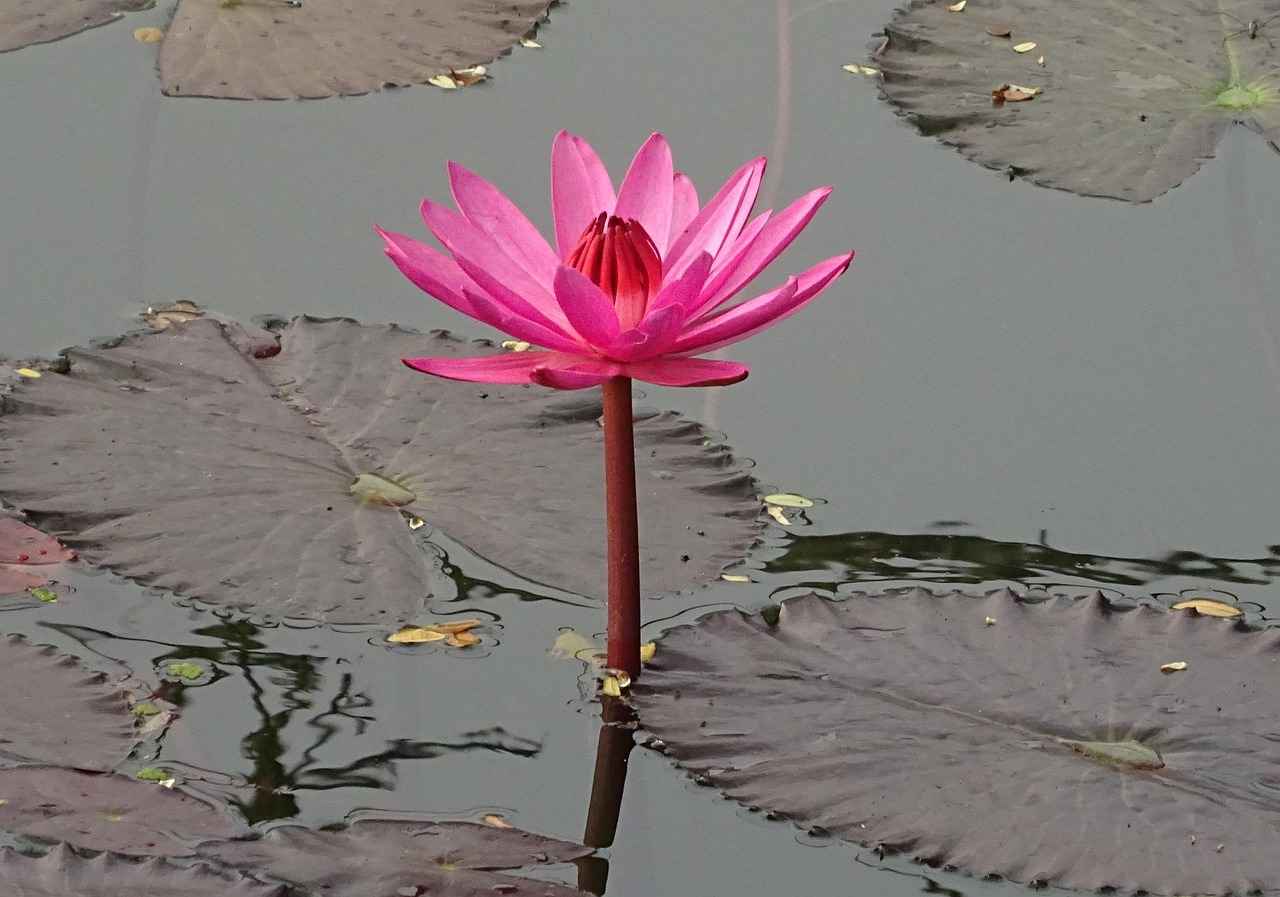
The Future of Kolkata: Vision and Development
As Kolkata strides into the future, it is set on a path of sustainable urban development. The city is committed to enhancing its infrastructure, promoting environmental sustainability, and improving the overall quality of life for its residents. This multifaceted approach aims to ensure a vibrant and prosperous future for all who call Kolkata home.
Infrastructure Improvements
- The city plans to upgrade its transportation systems, including the expansion of metro lines and better connectivity between urban and rural areas.
- Investments in smart city initiatives are underway, focusing on digital infrastructure to enhance public services and accessibility.
- Revitalization of public spaces, parks, and recreational areas is crucial for fostering community engagement and promoting healthier lifestyles.
Environmental Sustainability
- Kolkata is prioritizing green spaces and urban forestry to combat pollution and enhance biodiversity.
- Efforts are being made to promote renewable energy sources, including solar and wind energy, to reduce the city’s carbon footprint.
- Waste management initiatives, such as recycling programs and composting, are being implemented to create a cleaner and more sustainable urban environment.
Enhancing Quality of Life
- Focus on affordable housing projects to ensure that all residents have access to safe and comfortable living conditions.
- Access to quality healthcare and education is being improved, with initiatives aimed at reducing disparities across different communities.
- Cultural and recreational programs are being expanded to enrich the lives of residents and promote Kolkata’s vibrant heritage.
In conclusion, Kolkata’s vision for the future is centered around creating a balanced and sustainable urban ecosystem. By addressing infrastructure, environmental challenges, and the quality of life, the city is poised to become a model of modern urban development, ensuring a bright and prosperous future for generations to come.
